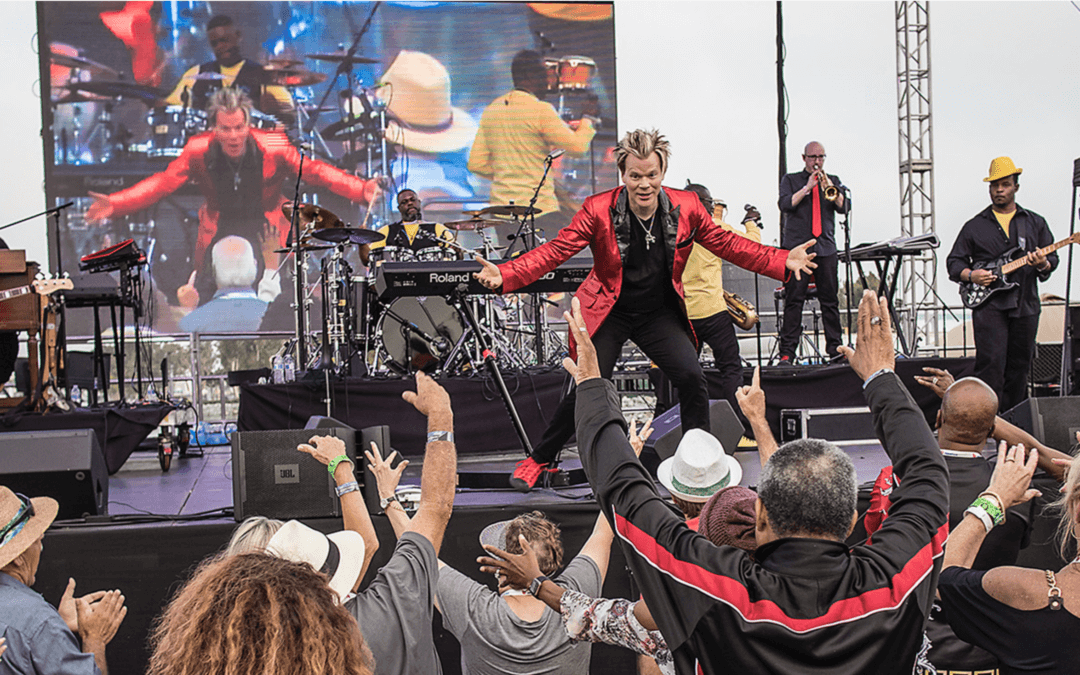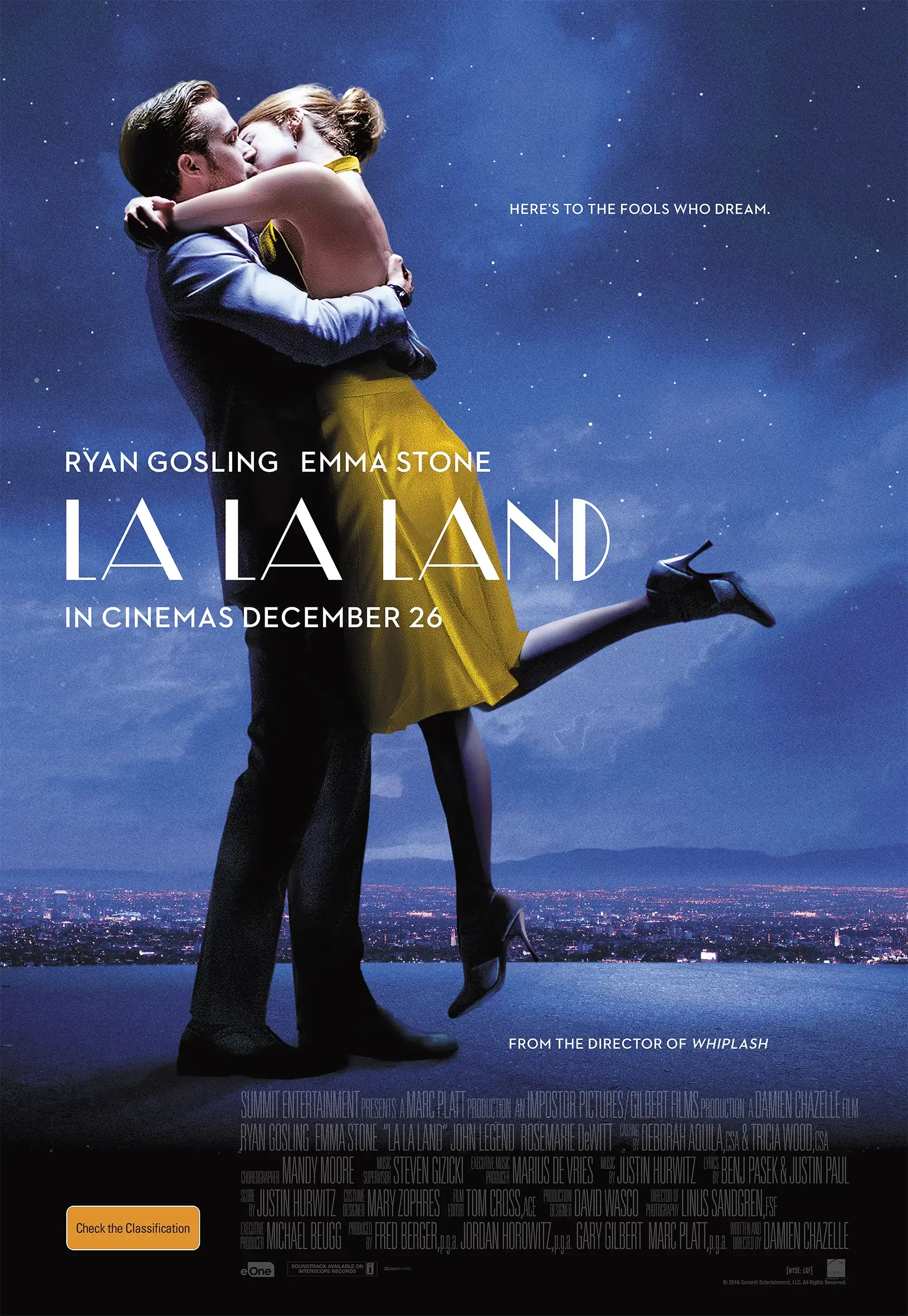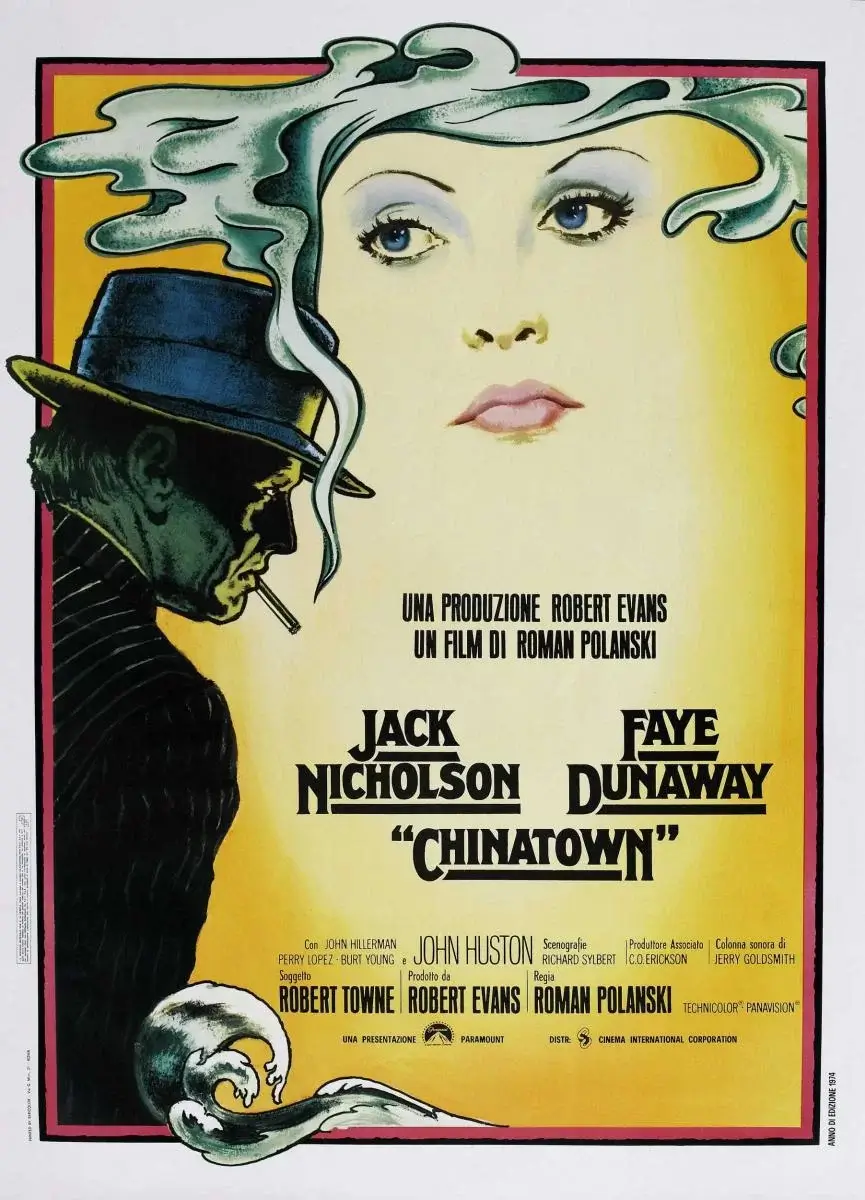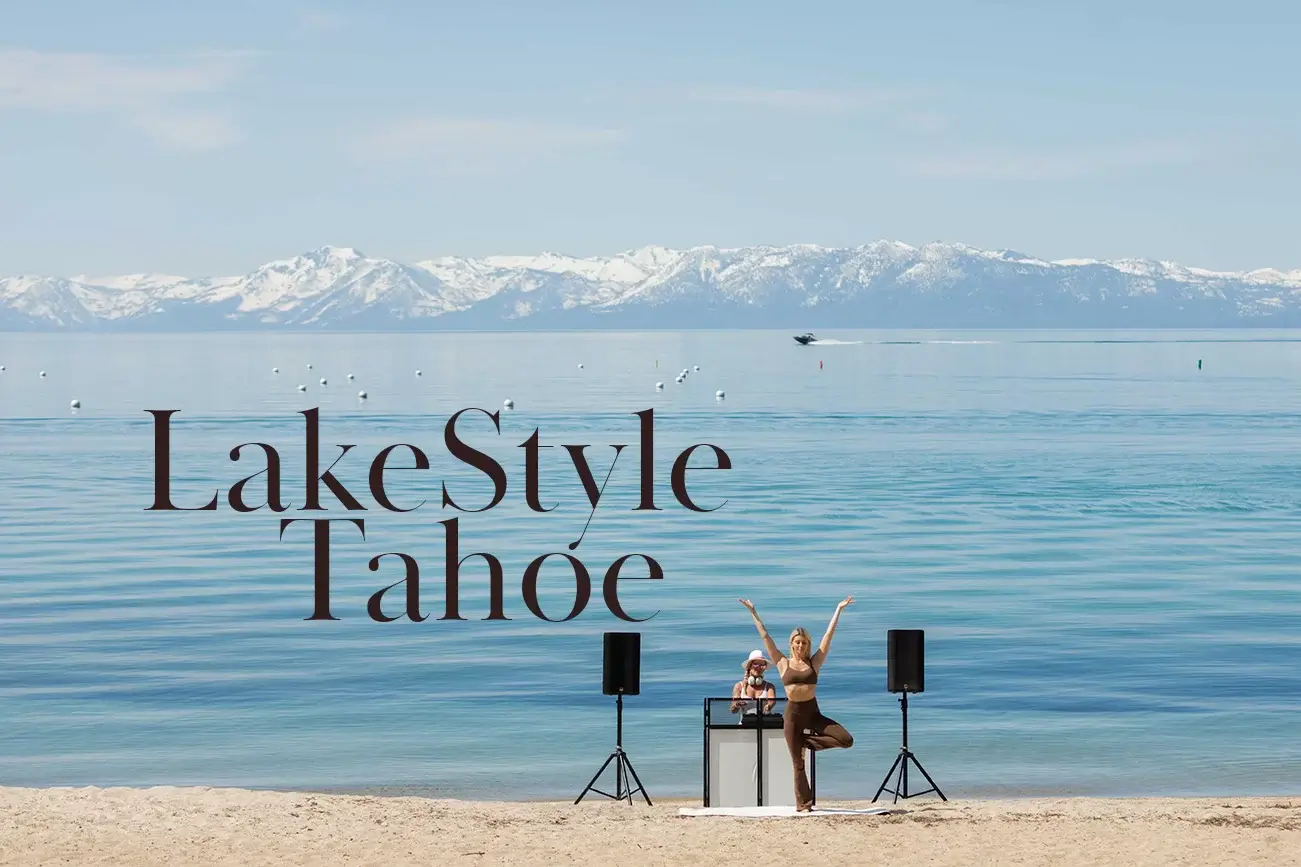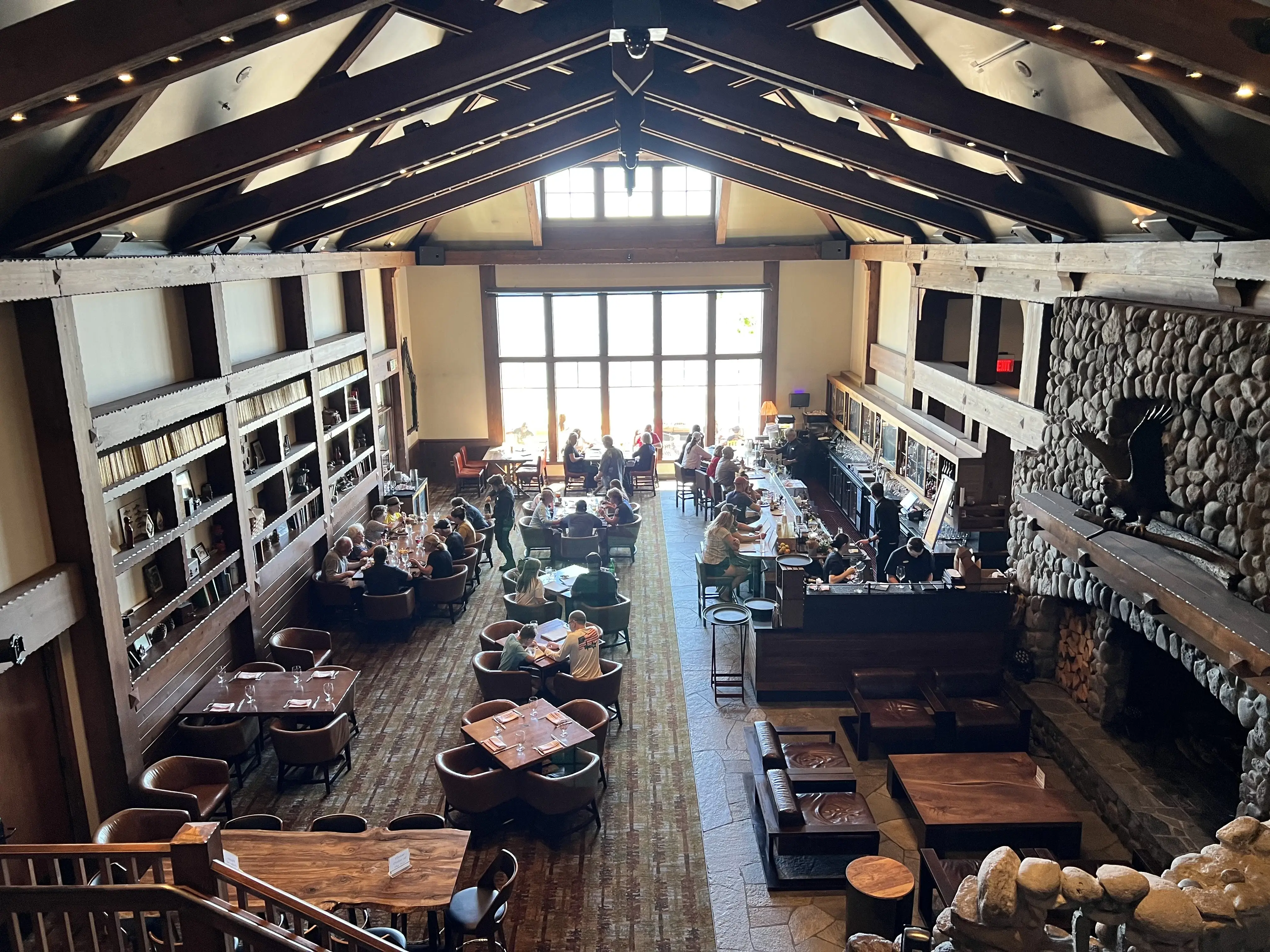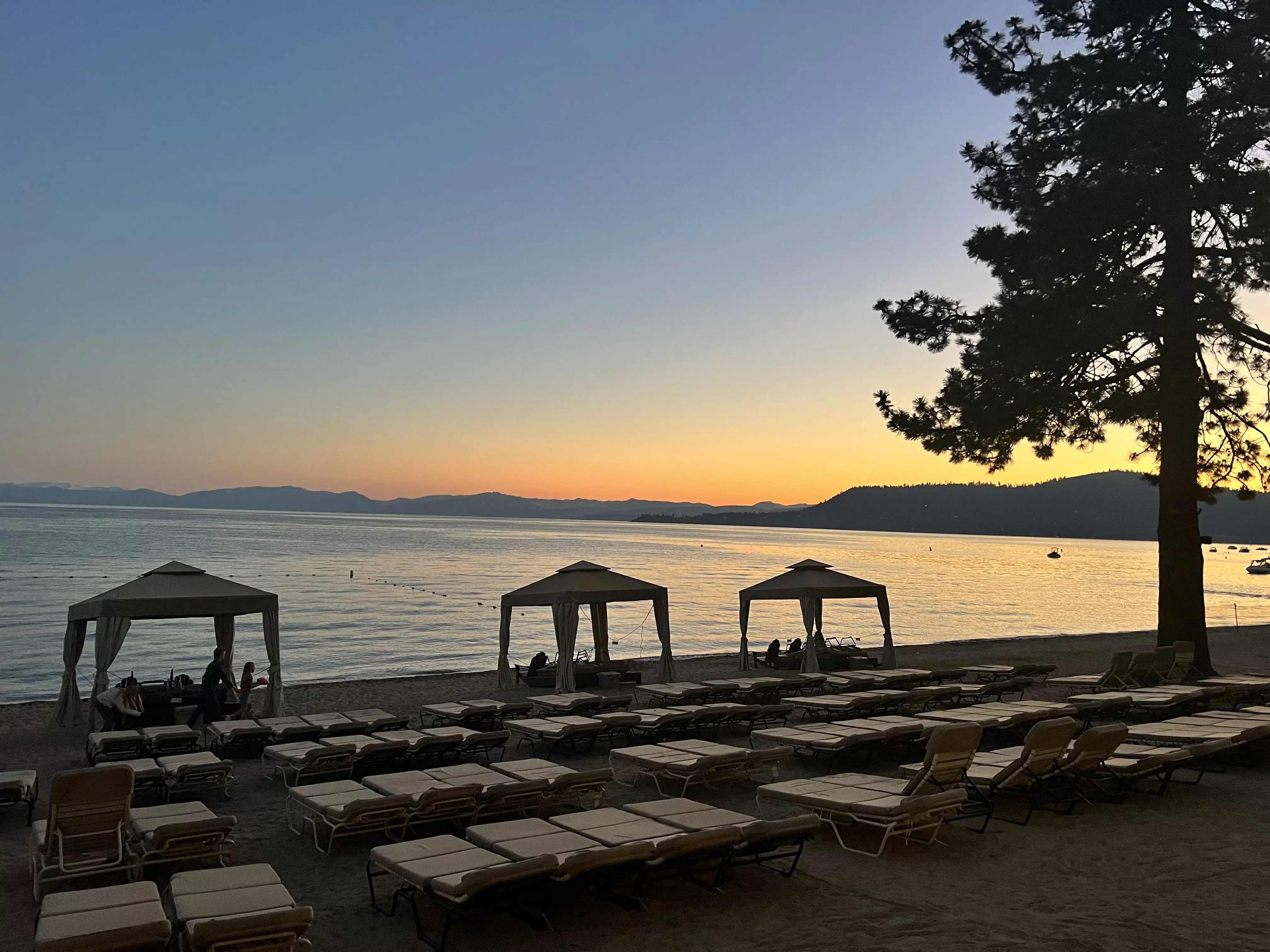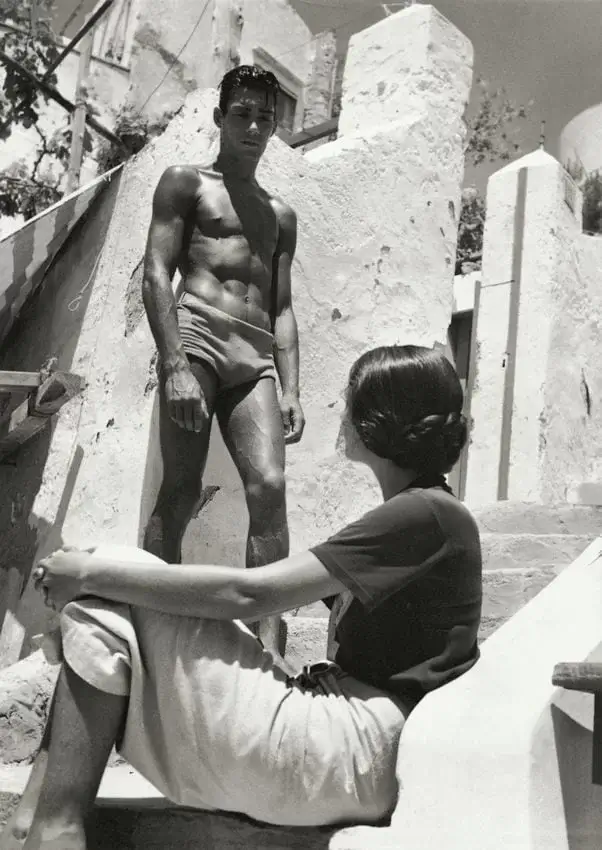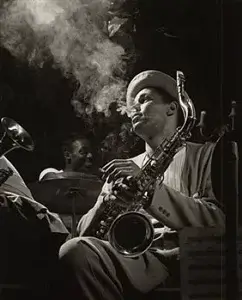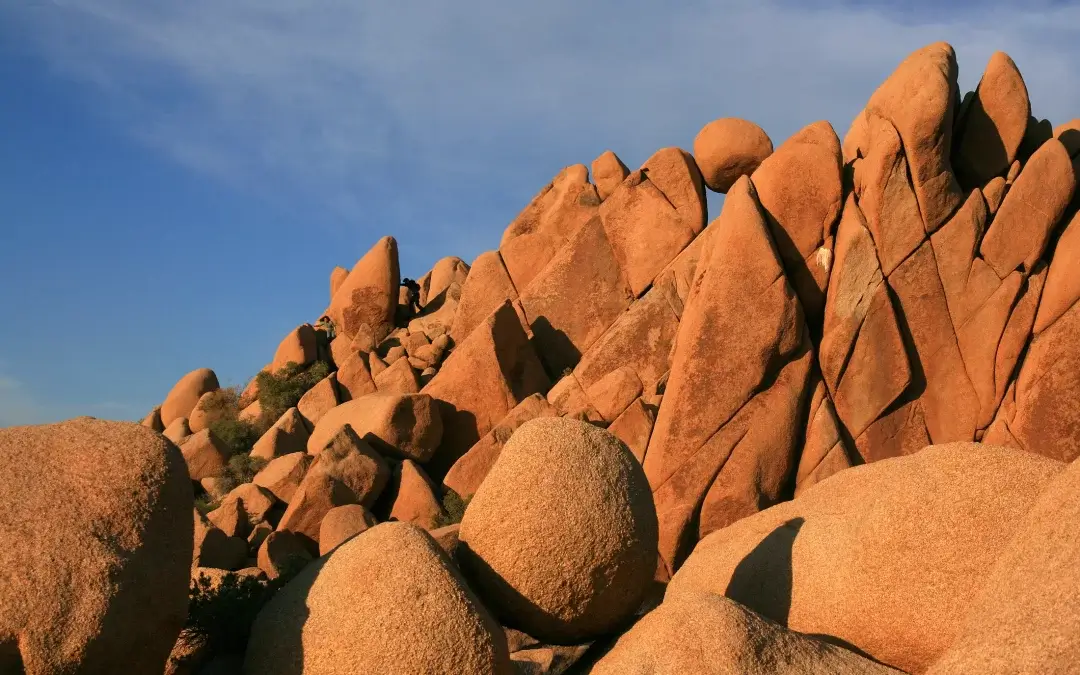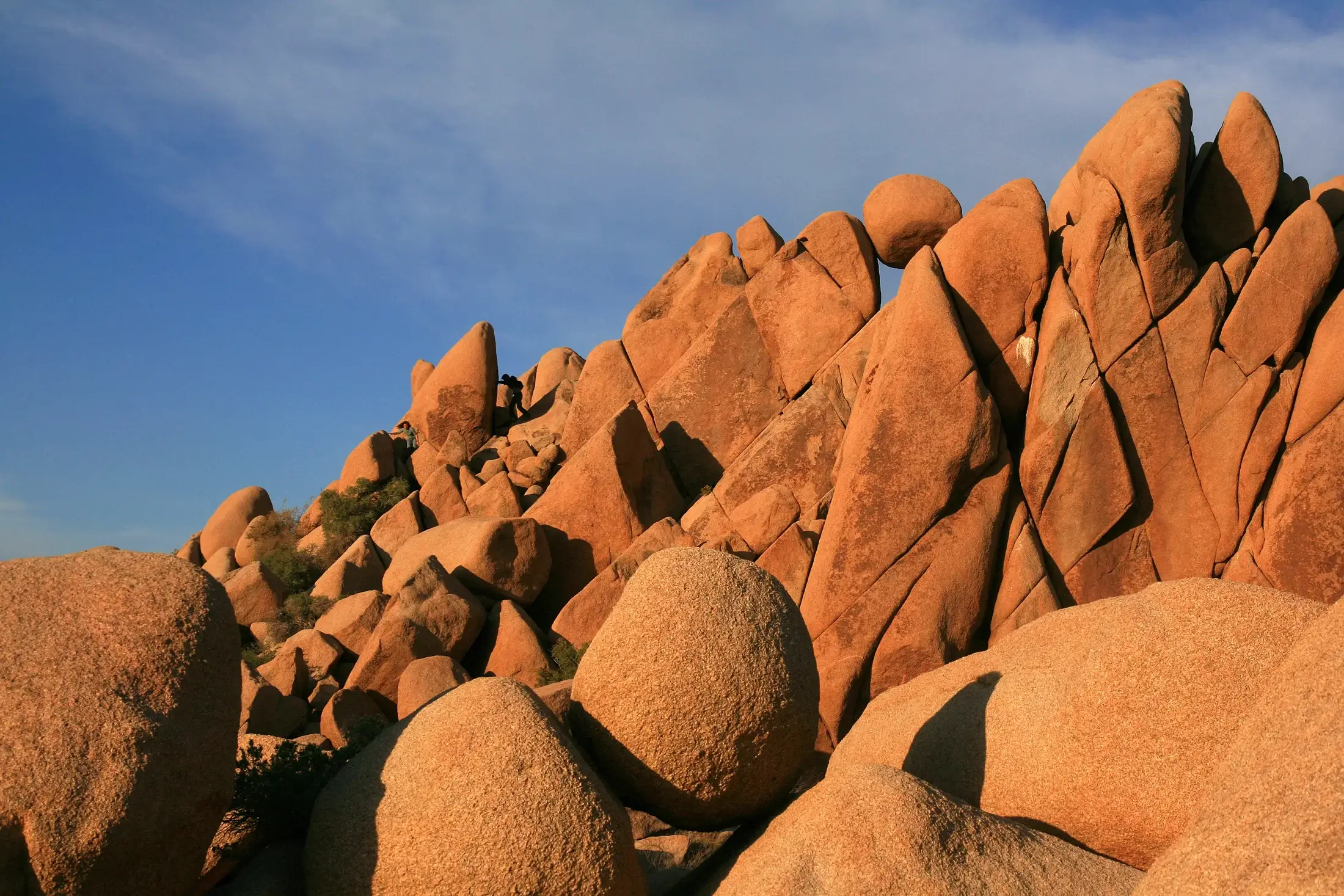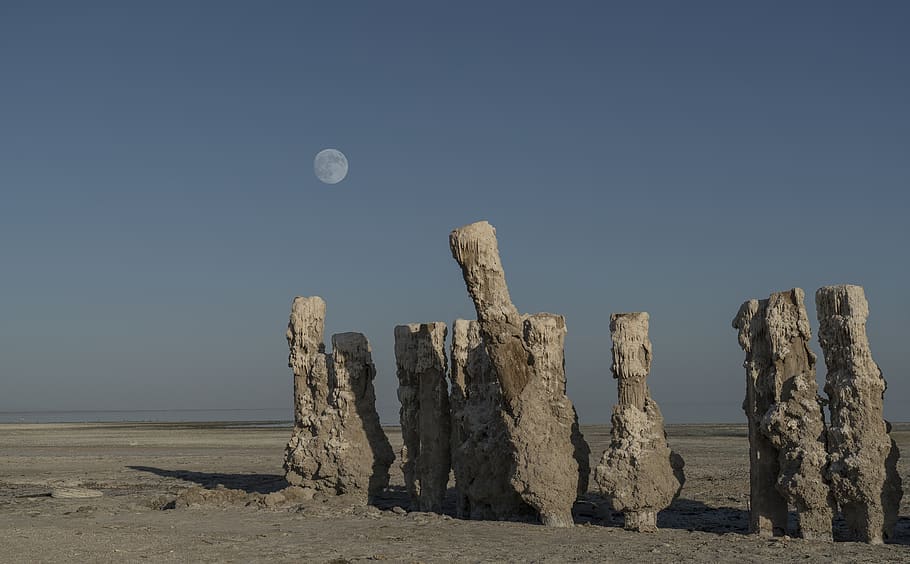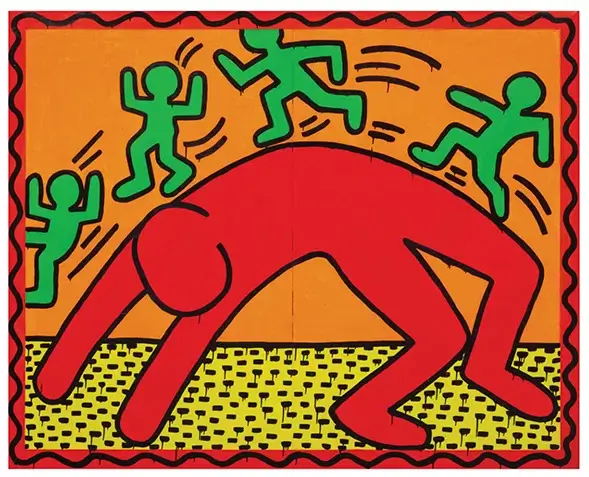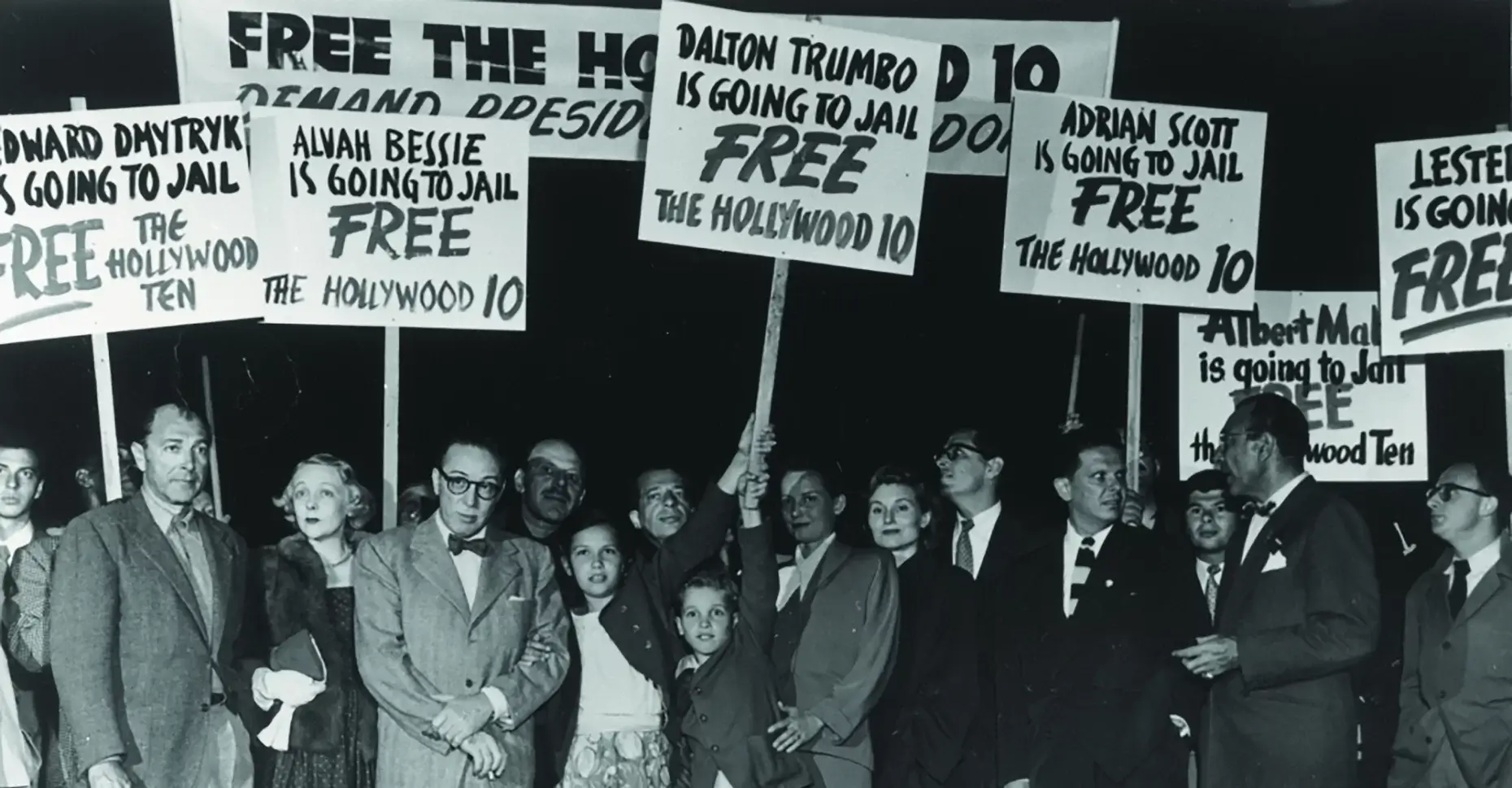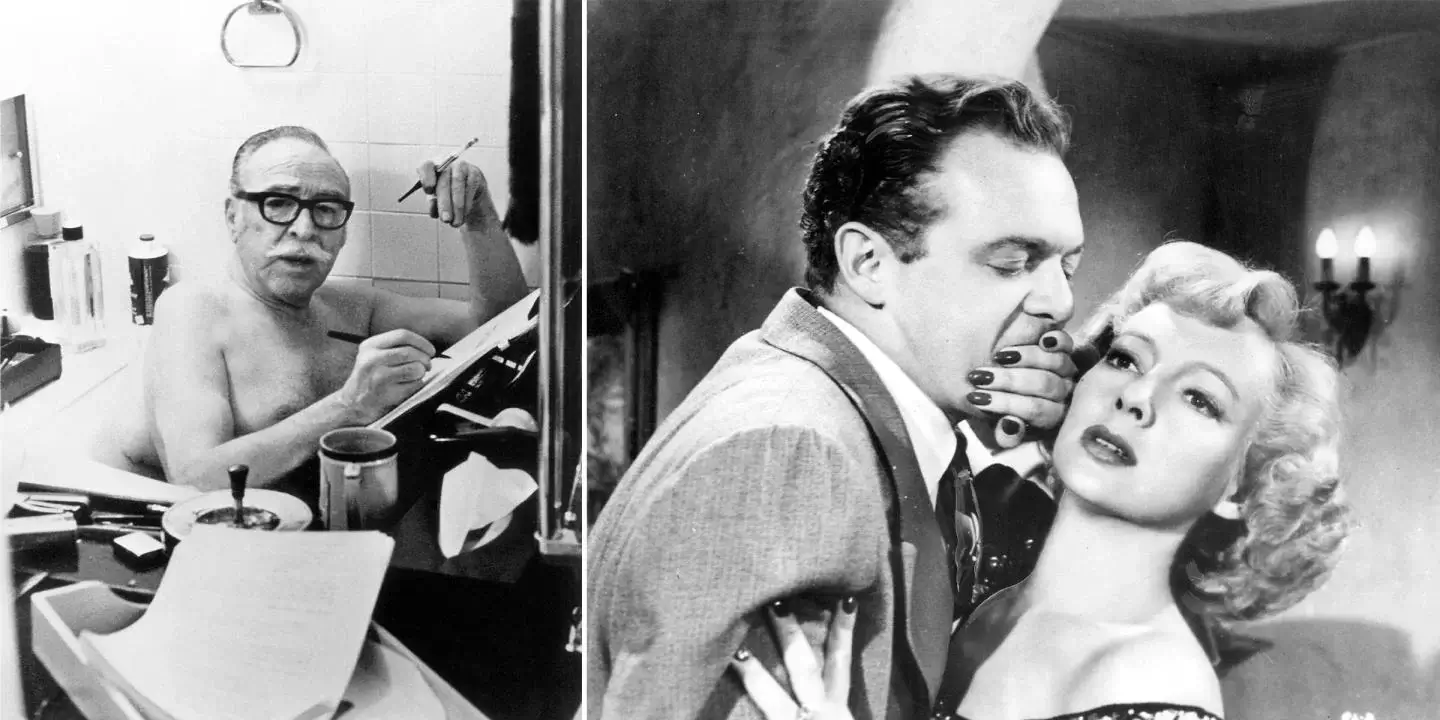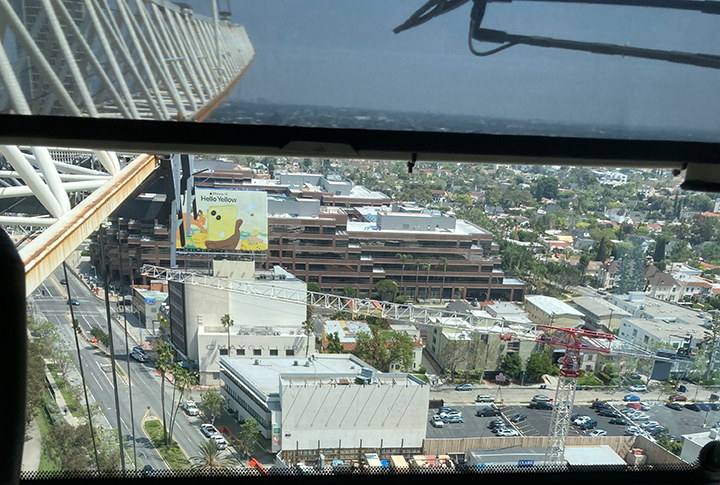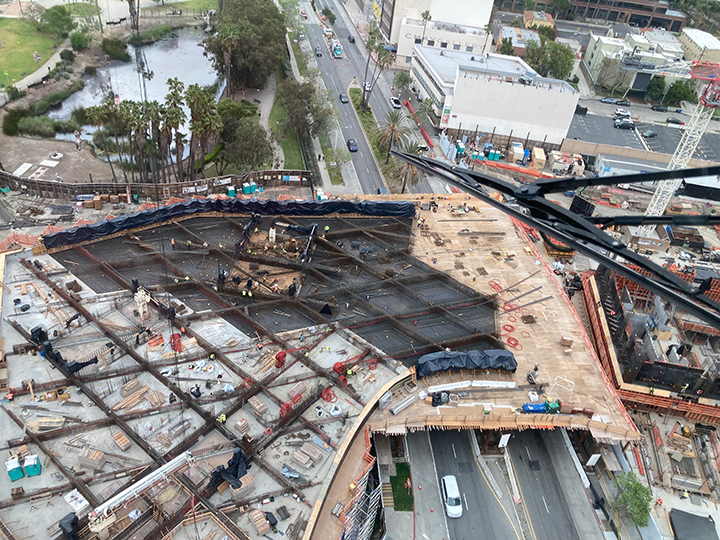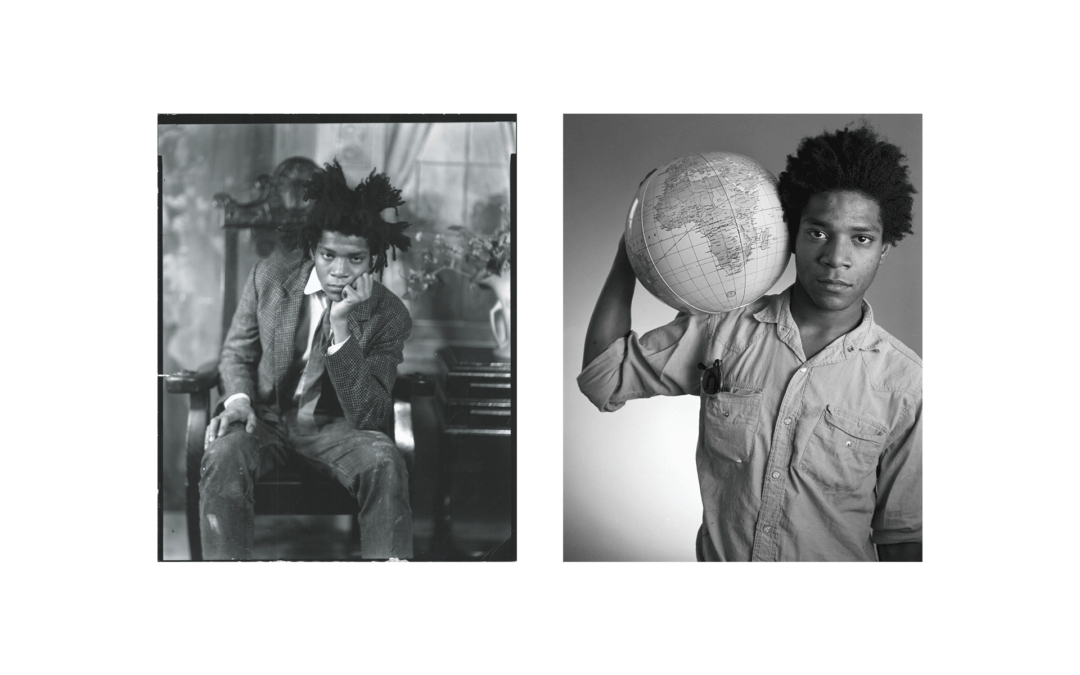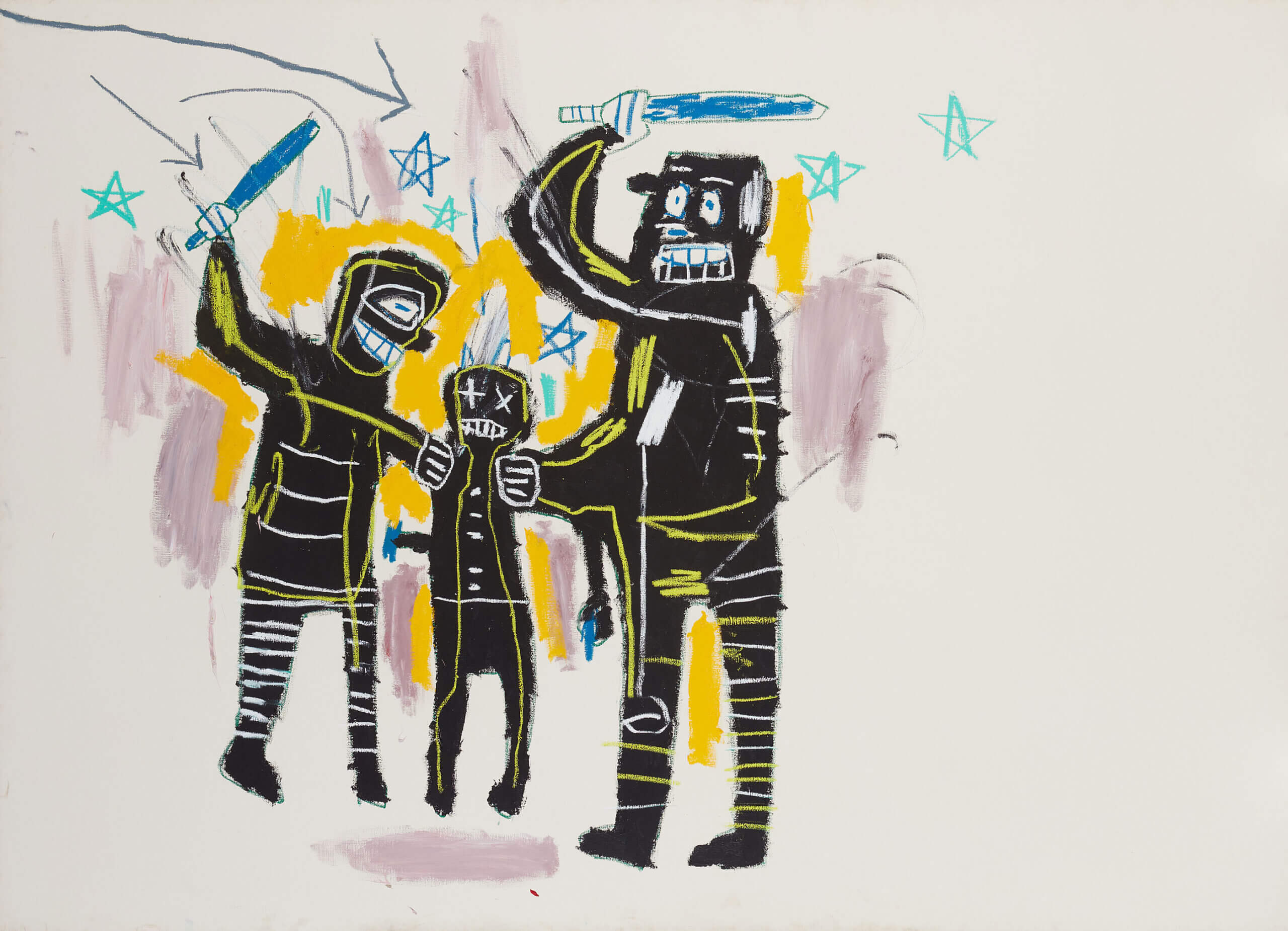
Grammy Winners
Let’s review: The Grammys took place at the Crypto.com Arena in Los Angeles. Despite heavy rainfall, the event started on time and proceeded at an accelerated pace. Hosted by Trevor Noah (more of him, please), there were highlights. Luke Combs duet with Tracy Chapman, singing “Fast Car,” was an homage to the power of music and the longevity of song. There was a glee in this audience as they spent much of the evening in standing ovations. And it was well deserved. There were moments of historic poignancy as legendary artist Joni Mitchell took to the Grammy stage for the first time in her career and delivered an emotional “Both Sides Now” in a cane-tapping low voice that boarded on a narrative. Later, an appearance from Celine Dion added to an evening of surprises. On the WTF side, an acceptance speech from Jay-Z seems to conjure a lyric from Joni Mitchell, “sour grapes,” as he scolded the Academy for not handing his wife, Beyonce, the album of the year. The Memorium was a hot mess with segments from Fantasia Barrino, Stevie Wonder, Annie Lennox, and Jon Batiste; it was fragmented and oddly lacked continuity. But overall, it was a fun night of music, seeing different generations mix and mingle in the tower of songs.
Album of the Year
- “Midnights,” Taylor Swift
Record of the Year
- “Flowers,” Miley Cyrus
Song of the Year
- “What Was I Made For?” from “Barbie,” Billie Eilish O’Connell and Finneas O’Connell, songwriters (Billie Eilish)
Best New Artist
- Victoria Monét
Best R&B Song
- “Snooze,” Kenny B. Edmonds, Blair Ferguson, Khris
Riddick-Tynes, Solána Rowe and Leon Thomas, songwriters (SZA)
Best Pop Vocal Album
- “Midnights,” Taylor Swift
Best Pop Solo Performance
- “Flowers,” Miley Cyrus
Producer of the Year, Non-Classical
- Jack Antonoff
Best Folk Album
- “Joni Mitchell at Newport (Live),” Joni Mitchell
Best Audiobook, Narration and Storytelling Recording
- “The Light We Carry: Overcoming in Uncertain Times,” Michelle Obama
Best Rock Song
- “Not Strong Enough,” Julien Baker, Phoebe Bridgers and Lucy Dacus, songwriters (boygenius)
Best Rock Performance
- “Not Strong Enough,” boygenius
Songwriter of the Year, Non-Classical
- Theron Thomas
Best Pop Duo/Group Performance
- “Ghost in the Machine,” SZA featuring Phoebe Bridgers
Best Dance/Electronic Recording
- “Rumble,” Skrillex, Fred again.. and Flowdan
Best Pop Dance Recording
- “Padam Padam,” Kylie Minogue
Best Dance/Electronic Music Album
- “Actual Life 3 (January 1 – September 9 2022),” Fred again..
Best Metal Performance
- “72 Seasons,” Metallica
Best Traditional R&B Performance
- “Good Morning,” PJ Morton featuring Susan Carol
Best R&B Performance
- “ICU,” Coco Jones
Best R&B Album
- “Jaguar II,” Victoria Monét
Best Progressive R&B Album
- “SOS,” SZA
Best Rap Performance
- “Scientists & Engineers,” Killer Mike featuring André 3000, Future and Eryn Allen Kane
Best Melodic Rap Performance
- “All My Life,” Lil Durk featuring J. Cole
Best Rap Song
- “Scientists & Engineers,” André Benjamin, Paul Beauregard, James Blake, Michael Render, Tim Moore and Dion Wilson, songwriters (Killer Mike featuring André 3000, Future and Eryn Allen Kane)
Best Rap Album
- “Michael,” Killer Mike
Best Jazz Performance
- “Tight,” Samara Joy
Best Jazz Vocal Album
“How Love Begins,” Nicole Zuraitis
Best Jazz Instrumental Album
“The Winds of Change,” Billy Childs
Best Jazz Instrumental Album
“The Winds of Change,” Billy Childs
Best Large Jazz Ensemble Album
“Basie Swings the Blues,” The Count Basie Orchestra directed by Scotty Barnhart
Best Latin Jazz Album
“El Arte Del Bolero Vol. 2,” Miguel Zenón and Luis Perdomo
Best Alternative Jazz Album
- “The Omnichord Real Book,” Meshell Ndegeocello
Best Spoken Word Poetry Album
- “The Light Inside,” J. Ivy
Best Traditional Pop Vocal Album
- “Bewitched,” Laufey
Best Contemporary Instrumental Album
- “As We Speak,” Béla Fleck, Zakir Hussain, Edgar Meyer, featuring Rakesh Chaurasia
Best Musical Theater Album
- “Some Like It Hot,” Christian Borle, J. Harrison Ghee, Adrianna Hicks and NaTasha Yvette Williams, principal vocalists; Mary-Mitchell Campbell, Bryan Carter, Scott M. Riesett, Charlie Rosen and Marc Shaiman, producers; Scott Wittman, lyricist; Marc Shaiman, composer and lyricist (Original Broadway Cast)
Best Country Solo Performance
- “White Horse,” Chris Stapleton
Best Country Duo/Group Performance
- “I Remember Everything,” Zach Bryan featuring Kacey Musgraves
Best Country Song
- “White Horse,” Chris Stapleton and Dan Wilson, songwriters (Chris Stapleton)
Best Country Album
- “Bell Bottom Country,” Lainey Wilson
Best American Roots Performance
- “Eve Was Black,” Allison Russell
Best Americana Performance
- “Dear Insecurity,” Brandy Clark featuring Brandi Carlile
Best American Roots Song
- “Cast Iron Skillet,” Jason Isbell, songwriter (Jason Isbell and the 400 Unit)
Best Americana Album
- “Weathervanes,” Jason Isbell and the 400 Unit
Best Traditional Blues Album
- “All My Love for You,” Bobby Rush
Best Contemporary Blues Album
- “Blood Harmony,” Larkin Poe
Best Gospel Performance/Song
- “All Things,” Kirk Franklin; Kirk Franklin, songwriter
Best Contemporary Christian Music Performance/Song
- “Your Power,” Lecrae and Tasha Cobbs Leonard
Best Gospel Album
- “All Things New: Live in Orlando,” Tye Tribbett
Best Contemporary Christian Music Album
- “Church Clothes 4,” Lecrae
Best Roots Gospel Album
- “Echoes of the South,” Blind Boys of Alabama
Best Música Mexicana Album (Including Tejano)
- “Génesis,” Peso Pluma
Best Tropical Latin Album
- “Siembra: 45° Aniversario (En Vivo en el Coliseo de Puerto Rico, 14 de Mayo 2022),” Rubén Blades con Roberto Delgado and Orquesta
Best Global Music Performance
- “Pashto,” Béla Fleck, Edgar Meyer and Zakir Hussain featuring Rakesh Chaurasia
Best African Music Performance
- “Water,” Tyla
Best Global Music Album
- “This Moment,” Shakti
Best Compilation Soundtrack for Visual Media
- “Barbie: The Album” (Various Artists)
Best Score Soundtrack for Visual Media (Includes Film and Television)
- “Oppenheimer,” Ludwig Göransson, composer
Best Score Soundtrack for Video Games and Other Interactive Media
- “Star Wars Jedi: Survivor,” Stephen Barton and Gordy Haab, composers
Best Song Written for Visual Media
- “What Was I Made For?” from “Barbie: The Album,” Billie Eilish O’Connell and Finneas O’Connell, songwriters (Billie Eilish)
Best Music Video
- “I’m Only Sleeping” (The Beatles), Em Cooper, video director; Jonathan Clyde, Sophie Hilton, Sue Loughlin and Laura Thomas, video producers
Best Music Film
- “Moonage Daydream” (David Bowie), Brett Morgen, video director; Brett Morgen, video producer
Best Engineered Album, Non-Classical
- “Jaguar II,” John Kercy, Kyle Mann, Victoria Monét, Patrizio “Teezio” Pigliapoco, Neal H Pogue and Todd Robinson, engineers; Colin Leonard, mastering engineer (Victoria Monét)
Best Remixed Recording
- “Wagging Tongue (Wet Leg Remix),” Wet Leg, remixers (Depeche Mode)
Best Immersive Audio Album
- “The Diary of Alicia Keys,” George Massenburg and Eric Schilling, immersive mix engineers; Michael Romanowski, immersive mastering engineer; Alicia Keys and Ann Mincieli, immersive producers (Alicia Keys)


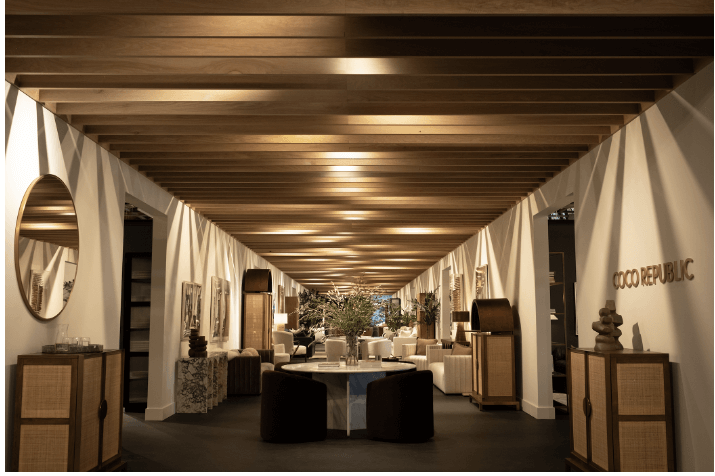 foot space, situated in the iconic Helms Bakery, has undergone a complete transformation.
foot space, situated in the iconic Helms Bakery, has undergone a complete transformation.

